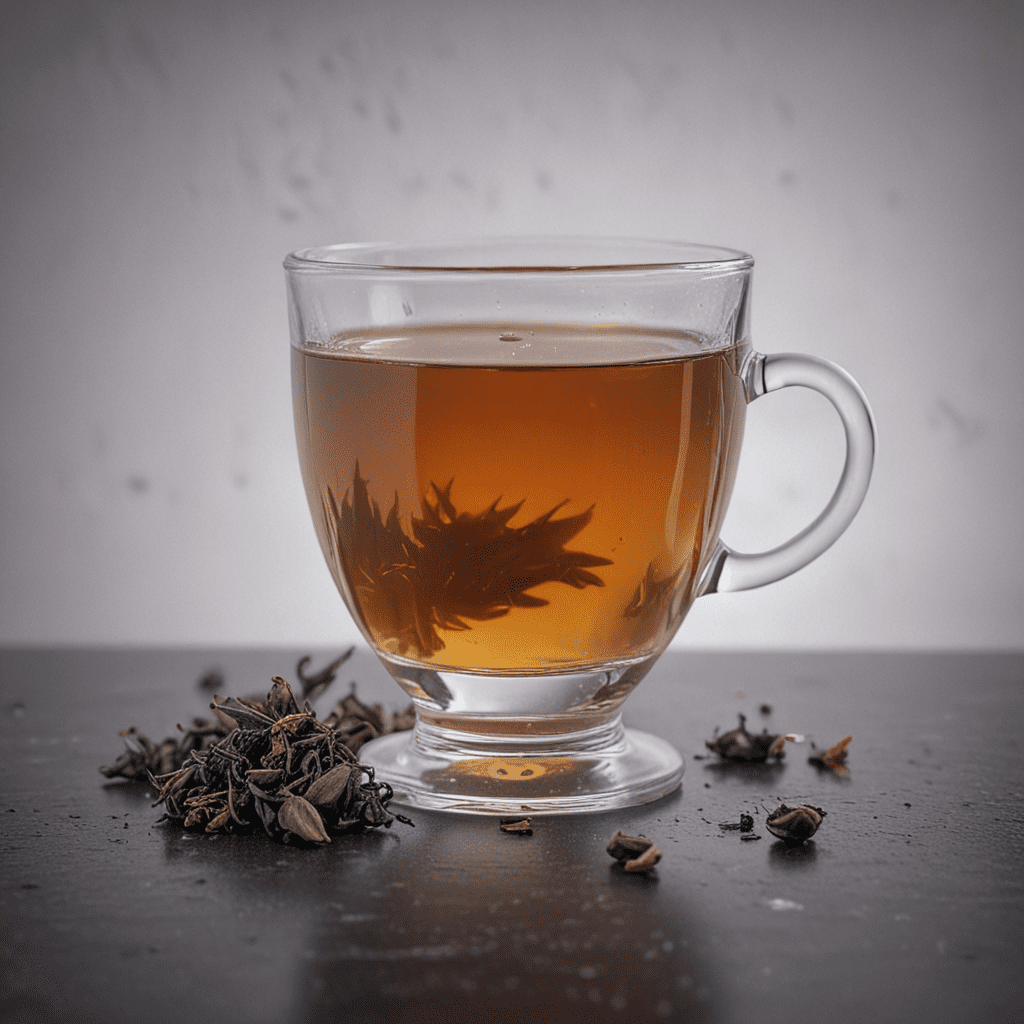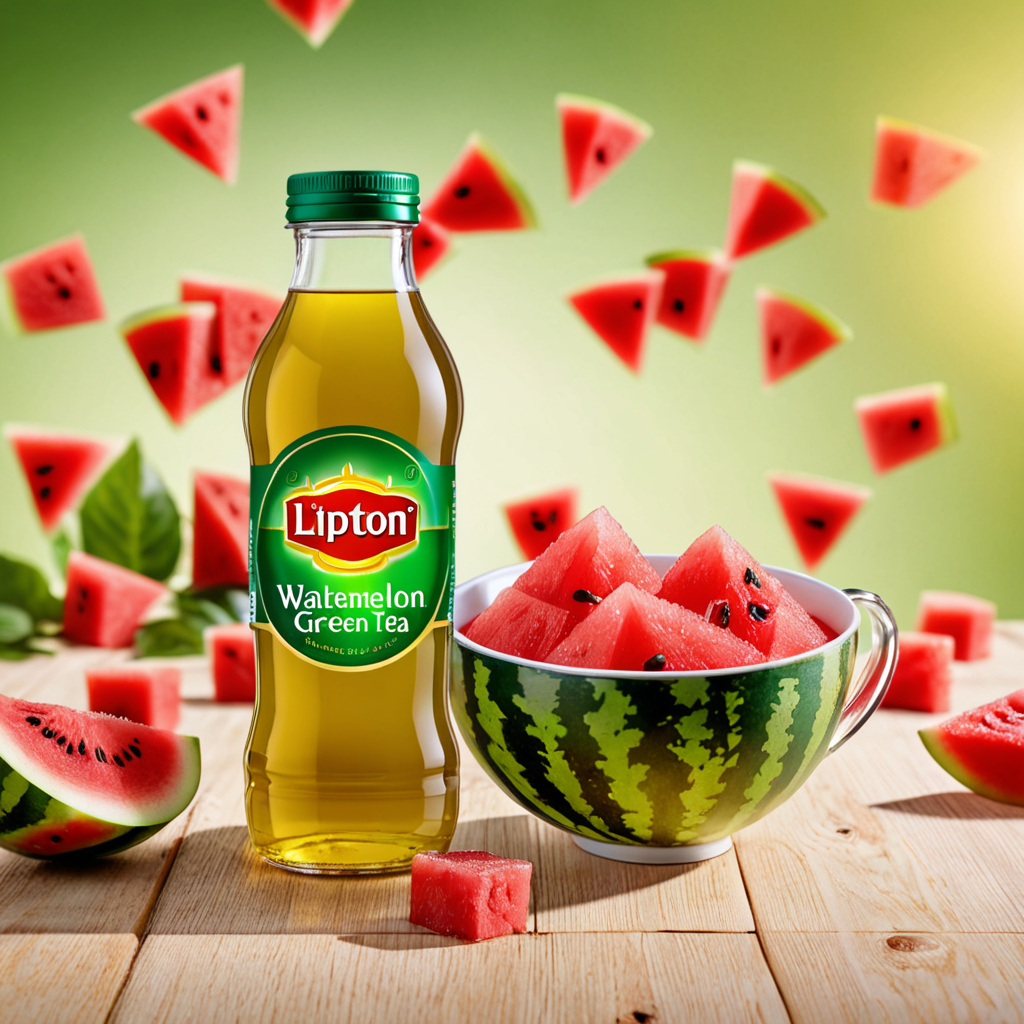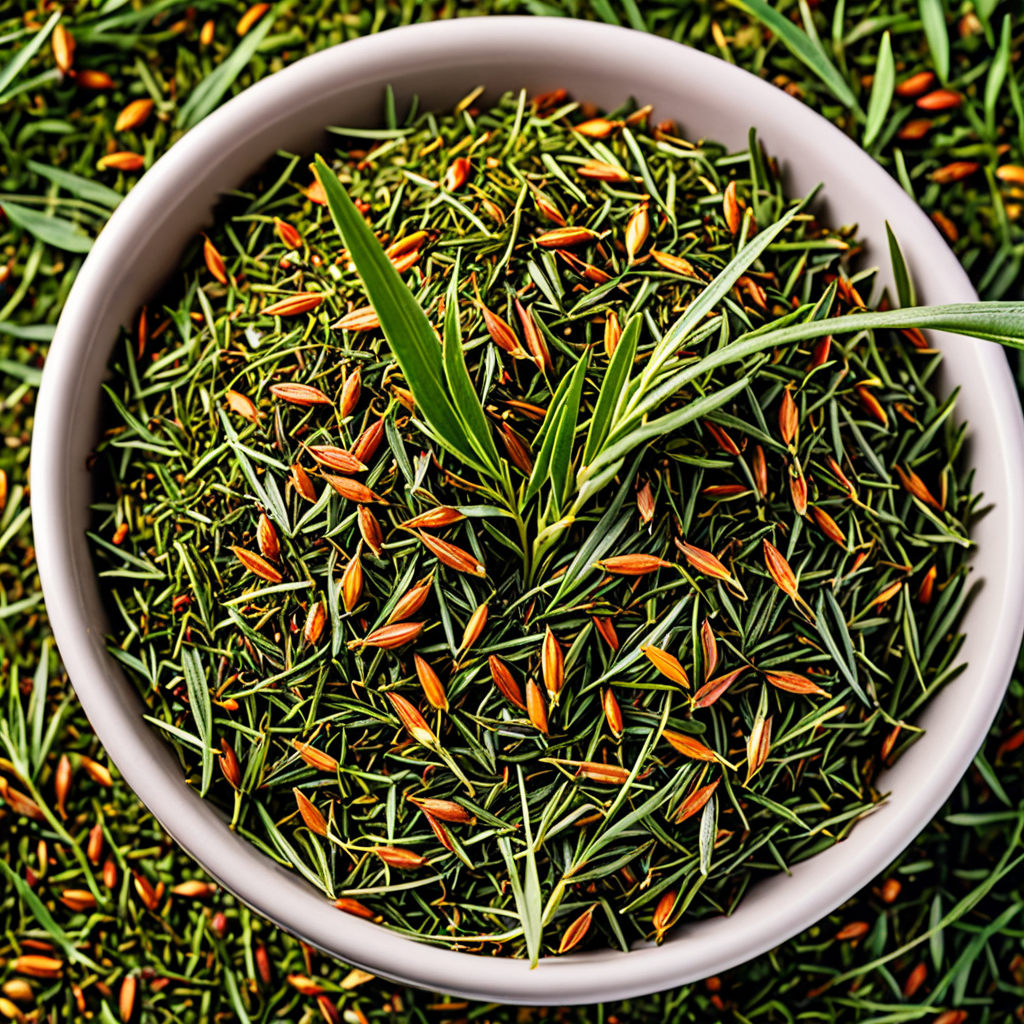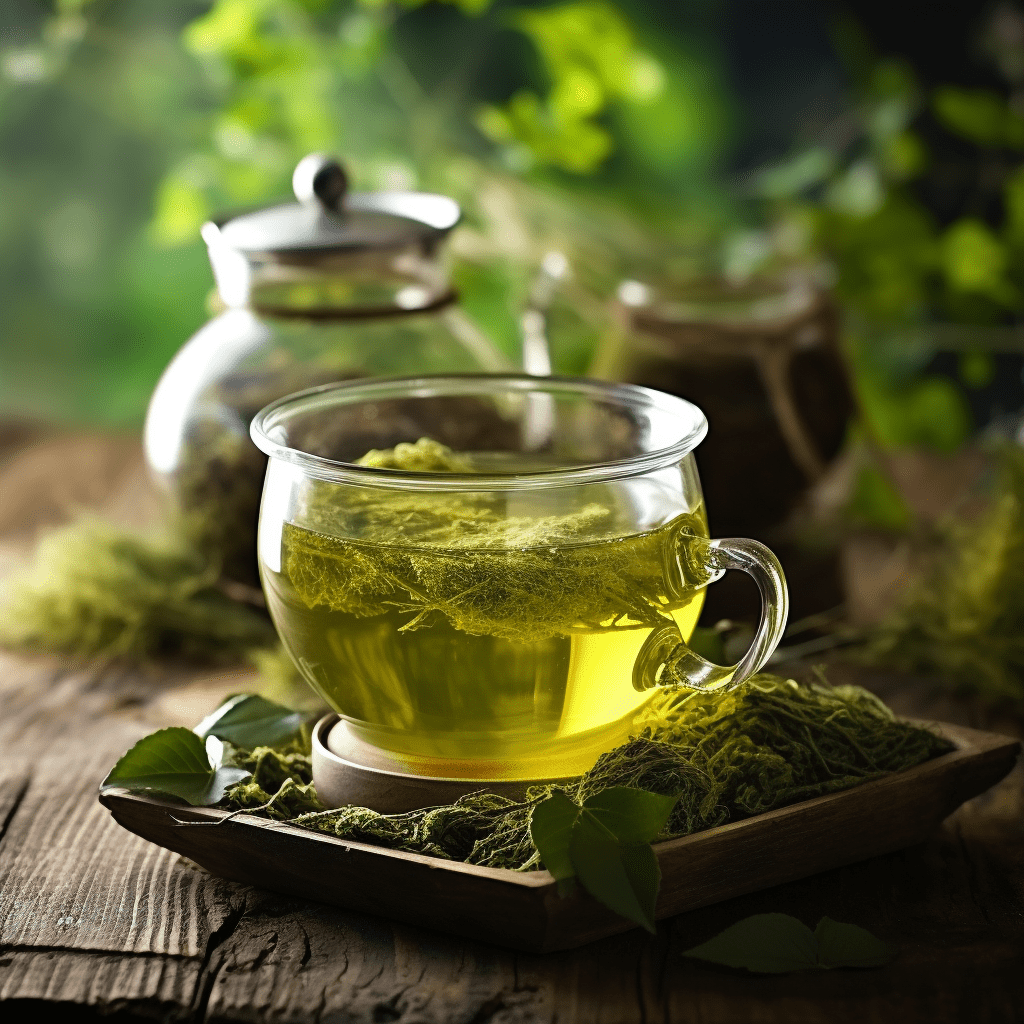
I. Introduction
Earl Grey tea, a quintessential tea time essential, delights tea enthusiasts worldwide with its distinctive aroma and invigorating flavor. Its blend of black tea and bergamot oil has captivated palates for centuries, earning its place as an indispensable beverage in many cultures.
II. Origins and History of Earl Grey Tea
The origins of Earl Grey tea are steeped in legend and lore. Popularly attributed to the 2nd Earl Grey, Charles Grey, in the early 19th century, the tea is said to have been a diplomatic gift from a Chinese mandarin. The mandarin, grateful for the Earl's assistance in resolving a trade dispute, bestowed upon him a blend of black tea infused with the aromatic oil of bergamot oranges.
III. Composition and Ingredients
The defining characteristic of Earl Grey tea lies in its composition. A harmonious blend of black tea leaves, typically Assam or Ceylon, provides a robust base. The protagonist of this blend, bergamot oil, derived from the rind of bergamot oranges, imparts a uniquely citrusy and floral note to the tea. This harmonious combination creates a captivating taste experience.
IV. Health Benefits and Caffeine Content
Earl Grey tea, like its black tea base, offers an array of potential health benefits. It contains antioxidants that may contribute to reducing inflammation and protecting against cellular damage. Additionally, its moderate caffeine content provides a gentle boost, making it a suitable beverage for both morning and afternoon enjoyment.
V. Aroma and Flavor Profile
The aroma of Earl Grey tea is a captivating symphony of citrus and floral notes. The bergamot oil's distinctive fragrance mingles with the earthy, malty undertones of black tea, creating an alluring scent. Upon sipping, the tea's flavor unfolds, revealing a balanced interplay of citrusy zing, floral sweetness, and a hint of spice.
VI. Brewing Methods and Equipment
Earl Grey tea can be brewed using various methods, each yielding a slightly different flavor profile. For optimal results, use freshly drawn, filtered water. Loose-leaf tea allows for greater customization and control over the strength and flavor of the brew. Simply add 1-2 teaspoons of loose-leaf Earl Grey tea per cup to a teapot or infuser. For tea bags, immerse 1 bag per cup in hot water. The ideal brewing temperature for Earl Grey tea is between 195-205°F (90-96°C). Steep for 3-5 minutes, adjusting the time based on desired strength.
VII. Pairing with Foods and Occasions
Earl Grey tea's versatility extends beyond its solo enjoyment. It pairs exceptionally well with a wide range of foods, making it an ideal accompaniment for various occasions. From delicate pastries and scones to hearty sandwiches and grilled meats, Earl Grey tea's citrusy notes complement and enhance the flavors of food. Its invigorating aroma and taste also make it an excellent beverage for social gatherings, afternoon tea parties, and leisurely brunches.
VIII. Variations and Regional Adaptations
While the classic Earl Grey tea remains a beloved staple, variations and regional adaptations have emerged over time. Some variations incorporate additional spices, such as cardamom or cinnamon, while others experiment with different types of citrus, like lemon or lime. Regional adaptations, influenced by local preferences and traditions, can be found in countries such as India, Japan, and Morocco. These variations showcase the adaptability and global appeal of Earl Grey tea.
IX. Cultural Significance and Etiquette
Earl Grey tea has seeped into the cultural fabric of many societies, becoming an integral part of tea-drinking traditions. In the United Kingdom, it is often associated with afternoon tea, a social event where tea is served with delicate sandwiches and pastries. Proper tea etiquette dictates that milk should not be added to Earl Grey tea, as it can overpower the delicate flavor of bergamot.
X. Conclusion
Earl Grey tea stands as a testament to the enduring allure of tea. Its distinctive blend of black tea and bergamot oil has captivated taste buds for centuries, earning its place as a beloved tea time essential. Whether enjoyed solo or paired with food, Earl Grey tea offers a delightful and versatile tea experience. Its rich history, global variations, and cultural significance make it a beverage that continues to inspire and delight tea enthusiasts worldwide.
FAQ
- What is the caffeine content of Earl Grey tea?
Earl Grey tea typically contains moderate caffeine levels, making it a suitable beverage for both morning and afternoon enjoyment.
- How long should Earl Grey tea be steeped?
For optimal flavor, steep Earl Grey tea for 3-5 minutes, adjusting the time based on desired strength.
- Can Earl Grey tea be made with milk?
Traditionally, Earl Grey tea is not served with milk, as it can overpower the delicate flavor of bergamot.
- What foods pair well with Earl Grey tea?
Earl Grey tea pairs exceptionally well with pastries, scones, sandwiches, and grilled meats.
- What is the difference between Earl Grey and Lady Grey tea?
Lady Grey tea is a variation of Earl Grey tea that typically includes additional citrus notes, such as lemon or lime.


